Abstract
Statement of problem
Recently, there have been increased esthetic needs for posterior dental restorations. The failure of posterior dental ceramic restoration are possible not only by the characters of the component materials but also by the type of food.
Purpose
The research aim was to compare the in vitro fracture resistance of simulated first molar crowns fabricated using 4 dental ceramic systems, full-porcelain-occlusal-surfaced PFG, half-porcelain-occlusal-surfaced PFG, Empress 2, Ice Zirkon and selected Korean foods.
Material and methods
Eighty axisymmetric crowns of each system were fabricated to fit a preparation with 1.5-to 2.0-mm occlusal reduction. The center of the occlusal surface on each of 15 specimens per ceramic system was axially loaded to fracture in a Instron 4465, and the maximum load (N) was recorded. Afterwards, selected Korean foods specimens (boiled crab, boiled chicken with bone, boiled beef rib, dried squid, dried anchovy, round candy, walnut shell) were prepared. 15 specimens per each food were placed under the Instron and the maximum fracture loads for them were recorded. The 95% confidence intervals of the characteristic failure load were compared between dental ceramic systems and Korean foods. Afterwards, on the basis of previous results, 14Hz cyclic load was applied on the 4 systems of dental ceramic restorations in MTS. The reults were analyzed by analysis of variance and Post Hoc tests.
Results
95% confidence intervals for mean of fracture load 1. full porcelain occlusal surfaced PFG Crown: 2599.3 to 2809.1 N 2. half porcelain occlusal surfaced PFG Crown: 3689.4 to 3819.8 N 3. Ice Zirkon Crown: 1501.2 to 1867.9 N 4. Empress 2 Crown: 803.2 to 1188.5 N 5. boiled crab: 294.1 to 367.9 N 6. boiled chicken with bone: 357.1 to 408.6 N 7. boiled beef rib: 4077.7 to 4356.0 N 8. dried squid: 147.5 to 190.5 N 9. dried anchovy: 35.6 to 46.5 N 10. round candy: 1900.5 to 2615.8 N 11. walnut shell: 85.7 to 373.1 N under cyclic load (14Hz) in MTS, fracture load and masticatory cycles are: 1. full porcelain occlusal surfaced PFG Crown fractured at 95% confidence intervals of 4796.8 - 9321.2 cycles under 2224.8 N (round candy)load, no fracture under smaller loads. 2. half porcelain occlusal surfaced PFG Crown fractured at 95% confidence intervals of 881705.1 - 1143565.7 cycles under 2224.8 N (round candy). no fracture under smaller loads. 3. Ice Zirkon Crown fractured at 95% confidence intervlas of 979993.0 - 1145773.4 cycles under 382.9 N (boiled chicken with bone). no fracture under smaller loads. 4. Empress 2 Crown fractured at 95% confidence intervals of 564.1 - 954.7 cycles under 382.9 N (boiled chicken with bone). no fracture under smaller loads.
Conclusion
There was a significant difference in fracture resistance between experimental groups. Under single load, Korean foods than can cause fracture to the dental ceramic restorations are boiled beef rib and round candy. Even if there is no fracture under single load, cyclic dynamic load can fracture dental posterior ceramic crowns. Experimental data with 14 Hz dynamic cyclic load are obtained as follows. 1. PFG crown (full porcelain occlusion) was failed after mean 0.03 years under fracture load for round candy (2224.8 N). 2. PFG crown(half porcelain occlusion) was failed after mean 4.1 years under fracture load for round candy (2224.8 N). 3. Ice Zirkon crown was failed after mean 4.3 years under fracture load for boiled chicken with bone (382.9 N). 4. Empress 2 crown was failed after mean 0.003 years under fracture load for boiled chicken with bone (382.9 N).
REFERENCES
1.Drummond JL., King TJ., Bapna MS., Koperski RD. Mechanical property evaluation of pressable restorative ceramics. Dent Mater. 2000. 16:226–33.

2.Craig RG., Powers JM. Restorative Dental Materials. 11th ed.St Louis: Mosby;2002. p. 551–92.
3.Webber B., McDonald A., Knowles J. An in vitro study of the compressive load at fracture of Procera AllCeram crowns with varying thickness of veneer porcelain. J Prosthet Dent. 2003. 89:154–60.
4.Guazzato M., Albakry M., Ringer SP., Swain MV. Strength, fracture toughness and microstructure of a selection of all-ceramic materials. Part I. Pressable and alumina glass-infiltrated ceramics. Dent Mater. 2004. 20:441–8.

5.Guazzato M., Albakry M., Ringer SP., Swain MV. Strength, fracture toughness and microstructure of a selection of all-ceramic materials. Part II. Zirconia-based dental ceramics. Dent Mater. 2004. 20:449–56.

6.Pallis K., Griggs JA., Woody RD., Guillen GE., Miller AW. Fracture resistance of three all-ceramic restorative systems for posterior applications. J Prosthet Dent. 2004. 91:561–9.

7.Turkaslan S., Tezvergil-Mutluay A., Bagis B., Shinya A., Vallittu PK., Lassila LV. Effect of intermediate fiber layer on the fracture load and failure mode of maxillary incisors restored with laminate veneers. Dent Mater J. 2008. 27:61–8.

8.Coornaert J., Adriaens P., De Boever J. Long-term clinical study of porcelain-fused-to-gold restorations. J Prosthet Dent. 1984. 51:338–42.

9.Josephson BA., Schulman A., Dunn ZA., Hurwitz W. A compressive strength study of an all-ceramic crown. J Prosthet Dent. 1985. 53:301–3.

10.Oh SC., Dong JK., Lu ¨thy H., Scha ¨rer P. Strength and microstructure of IPS Empress 2 glass-ceramic after different treatments. Int J Prosthodont. 2000. 13:468–72.
11.Chen HY., Hickel R., Setcos JC., Kunzelmann KH. Effects of surface finish and fatigue testing on the fracture strength of CAD-CAM and pressed-ceramic crowns. J Prosthet Dent. 1999. 82:468–75.

12.Burke FJ., Watts DC. Effect of differing resin luting systems on fracture resistance of teeth restored with dentin-bonded crowns. Quintessence Int. 1998. 29:21–7.
13.Kelly JR. Clinically relevant approach to failure testing of all-ceramic restorations. J Prosthet Dent. 1999. 81:652–61.

14.Yoshinari M., De ′rand T. Fracture strength of all-ceramic crowns. Int J Prosthodont. 1994. 7:329–38.
15.Webber B., McDonald A., Knowles J. An in vitro study of the compressive load at fracture of Procera AllCeram crowns with varying thickness of veneer porcelain. J Prosthet Dent. 2003. 89:154–60.
16.DeLong R., Douglas WH. Development of an artificial oral environment for the testing of dental restoratives: bi-axial force and movement control. J Dent Res. 1983. 62:32–6.

17.Sakaguchi RL., Douglas WH., DeLong R., Pintado MR. The wear of a posterior composite in an artificial mouth: a clinical correlation. Dent Mater. 1986. 2:235–40.

18.Kern M., Strub JR., Lu ¨ XY. Wear of composite resin veneering materials in a dual-axis chewing simulator. J Oral Rehabil. 1999. 26:372–8.

19.Strub JR. Gerds T Fracture strength and failure mode of five different single-tooth implant-abutment combinations. Int J Prosthodont. 2003. 16:167–71.
20.Andersson M., Razzoog ME., Ode ′n A., Hegenbarth EA., Lang BR. Procera: a new way to achieve an all-ceramic crown. Quintessence Int. 1998. 29:285–96.
21.Ho ¨land W., Schweiger M., Frank M., Rheinberger V. A comparison of the microstructure and properties of the IPS Empress 2 and the IPS Empress glass-ceramics. J Biomed Mater Res. 2000. 53:297–303.
22.Wagner WC., Chu TM. Biaxial flexural strength and indentation fracture toughness of three new dental core ceramics. J Prosthet Dent. 1996. 76:140–4.

23.Guazzato M., Albakry M., Swain MV., Ironside J. Mechanical properties of In-Ceram Alumina and In-Ceram Zirconia. Int J Prosthodont. 2002. 15:339–46.
24.Kelly JR., Giordano R., Pober R., Cima MJ. Fracture surface analysis of dental ceramics: clinically failed restorations. Int J Prosthodont. 1990. 3:430–40.
25.Thompson JY., Anusavice KJ., Naman A., Morris HF. Fracture surface characterization of clinically failed all-ceramic crowns. J Dent Res. 1994. 73:1824–32.

26.Sobrinho LC., Cattell MJ., Glover RH., Knowles JC. Investigation of the dry and wet fatigue properties of three all-ceramic crown systems. Int J Prosthodont. 1998. 11:255–62.
27.Sano H., Ciucchi B., Matthews WG., Pashley DH. Tensile properties of mineralized and demineralized human and bovine dentin. J Dent Res. 1994. 73:1205–11.

28.Scherrer SS., de Rijk WG. The fracture resistance of all-ceramic crowns on supporting structures with different elastic moduli. Int J Prosthodont. 1993. 6:462–7.
Fig. 2.
Specimens for fracture testing consisted of epoxy resin die and all-ceramic crown loaded with stainless steel ball bearing (5.0 mm diameter).
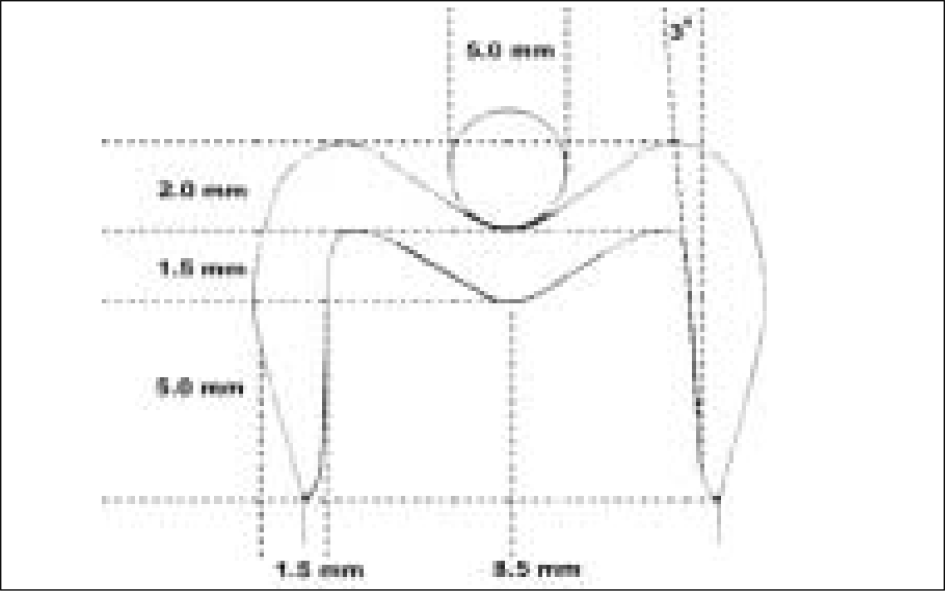
Table I.
Ceramic systems evaluated
Table II.
95% Confidence Interval for Mean Fracture Load (N = numbers of specimens, std. = standard)
Table III.
Homogeneous Subsets
| Type | N | Subset for alpha = .05 | ||
|---|---|---|---|---|
| 1 | 2 | 1 | ||
| Duncan (a) | 4 | 5 | 759.4 | |
| 1 | 5 | 7059 | ||
| 2 | 5 | 1012635.4 | ||
| 3 | 5 | 1062883.2 | ||
| Sig. | 0.875 | 0.221 | ||
Table IV.
95% Confidence Interval for Mean Dynamic cycles
Table V.
Post Hoc Tests for MTS cycles
| (I) Type | (J) Type | Mean Difference (I - J) | Std. Error | Sig. | 95% Confidence | Interval | |
|---|---|---|---|---|---|---|---|
| LSD | PFG (Full) | PFG (Half) | -1005576.4 (∗) | 39470.3 | 0.000 | -1089249.7 | -921903.1 |
| Zirkonzhan | -1055824.2 (∗) | 39470.3 | 0.000 | -1139497.5 | -972150.9 | ||
| Empress 2 | 6299.6 | 39470.3 | 0.875 | -77373.7 | 89972.9 | ||
| PFG (Half) | PFG (Full) | 1005576.4 (∗) | 39470.3 | 0.000 | 921903.1 | 1089249.7 | |
| Zirkonzhan | -50247.8 | 39470.3 | 0.221 | -133921.1 | 33425.5 | ||
| Empress 2 | 1011876.0 (∗) | 39470.3 | 0.000 | 928202.7 | 1095549.3 | ||
| Ice Zirkon | PFG (Full) | 1055824.2 (∗) | 39470.3 | 0.000 | 972150.9 | 1139497.5 | |
| PFG (Half) | 50247.8 | 39470.3 | 0.221 | -33425.5 | 133921.1 | ||
| Empress 2 | 1062123.8 (∗) | 39470.3 | 0.000 | 978450.5 | 1145797.1 | ||
| Empress 2 | PFG (Full) | -6299.6 | 39470.3 | 0.875 | -89972.9 | 77373.7 | |
| PFG (Half) | -1011876.0 (∗) | 39470.3 | 0.000 | -1095549.3 | -928202.7 | ||
| Zirkonzhan | -1062123.8 (∗) | 39470.3 | 0.000 | -1145797.1 | -978450.5 |




 PDF
PDF ePub
ePub Citation
Citation Print
Print


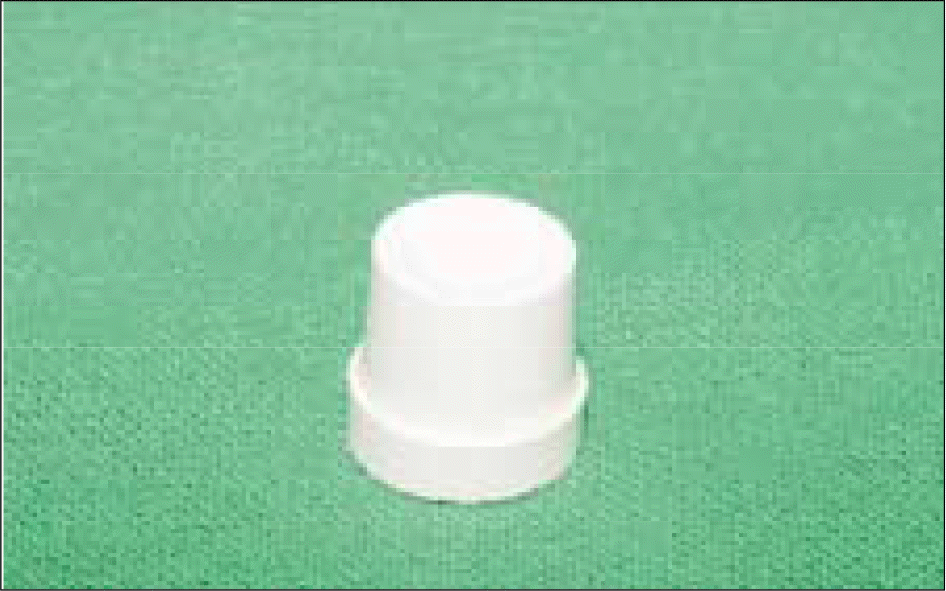
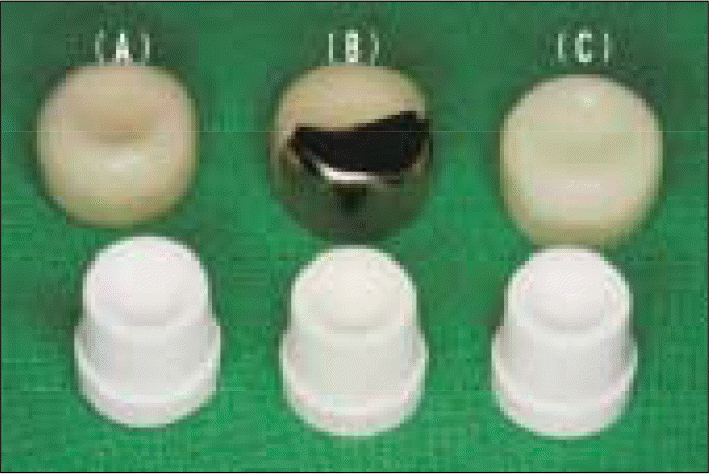
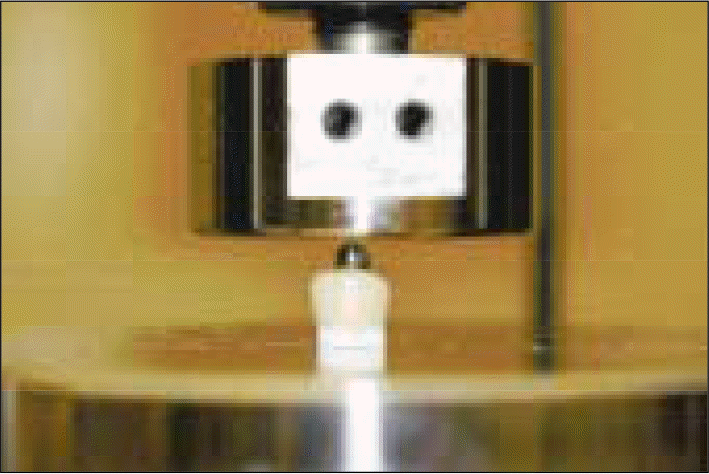
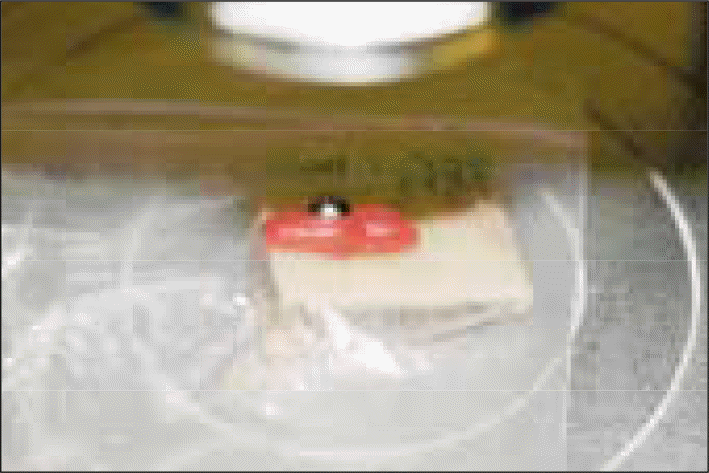
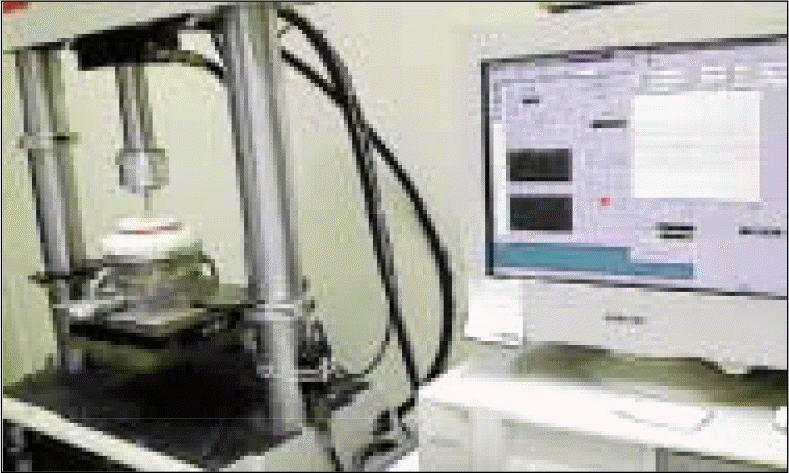
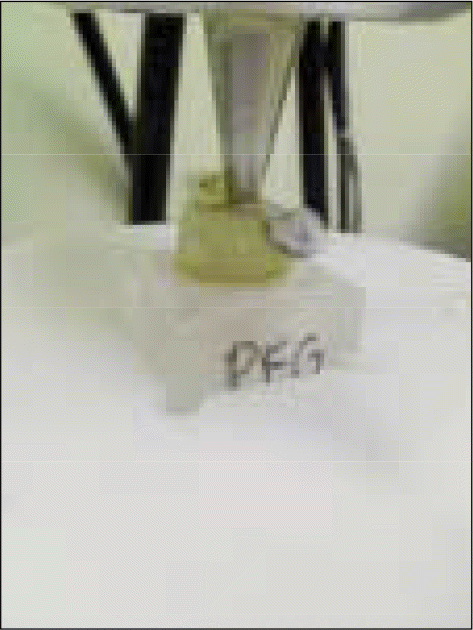
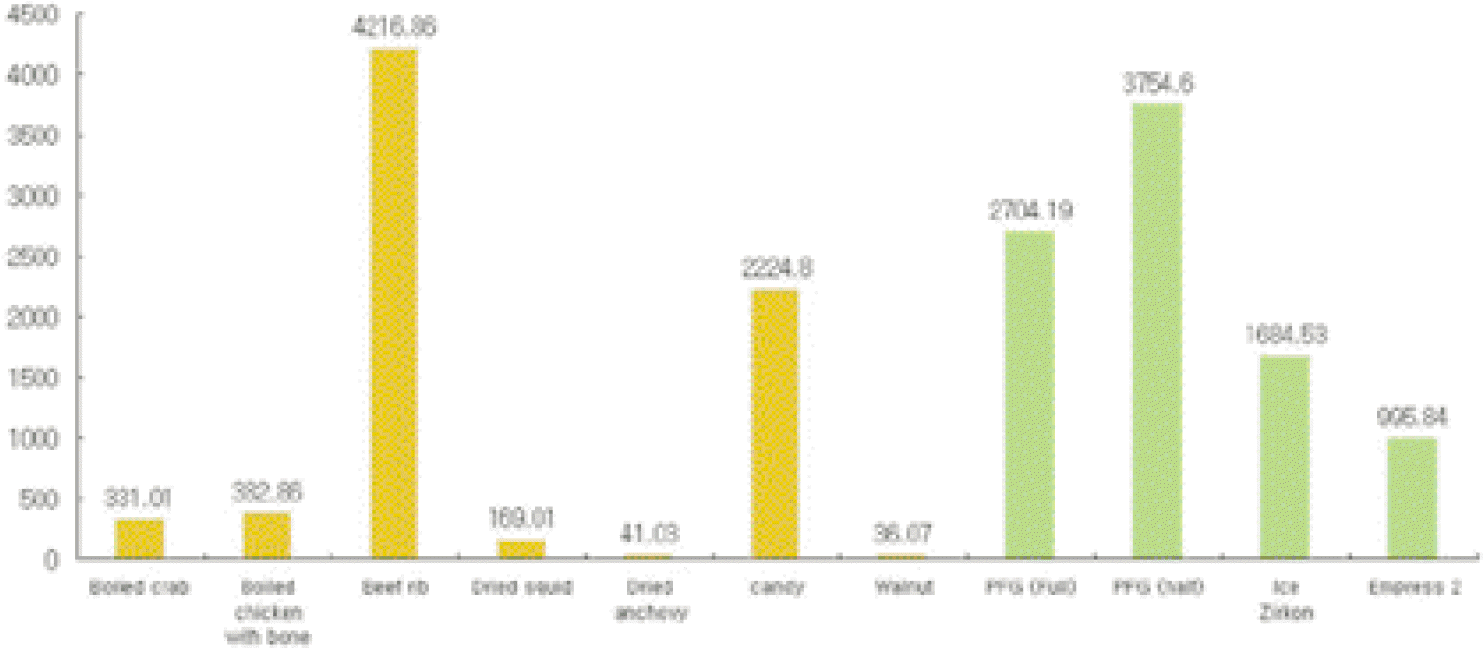
 XML Download
XML Download